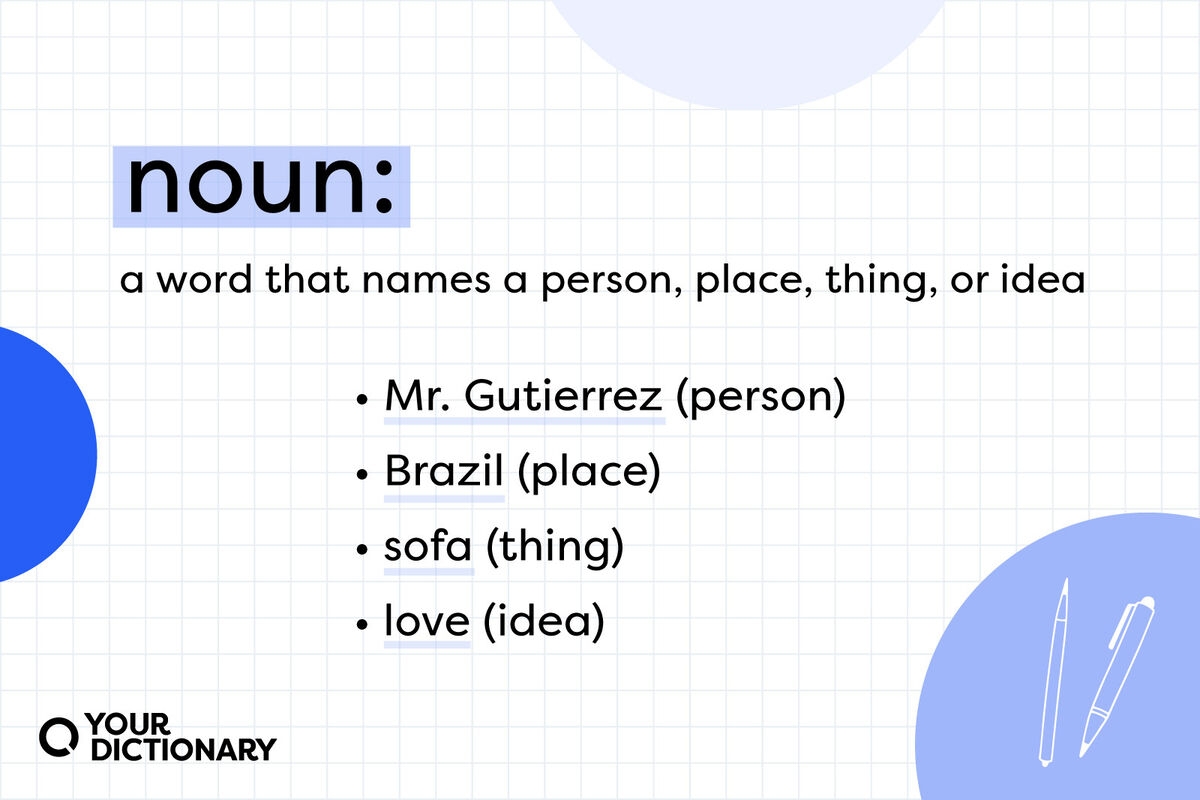When it comes to understanding the basic building blocks of language, one of the first things we learn about are nouns. Nouns are essential parts of speech that help us communicate and understand the world around us. In this article, we will explore what exactly a noun word is and how it functions in sentences.
Nouns are words that represent people, places, things, or ideas. They can be concrete objects, such as “table” or “car”, or abstract concepts, like “love” or “freedom”. Nouns are crucial for forming sentences and providing context to our language. Without nouns, it would be impossible to convey our thoughts and communicate effectively.
Definition of a Noun Word
A noun word is a word that serves as the name of a person, place, thing, or idea. Nouns can be singular or plural, and they can also be categorized into common nouns, proper nouns, collective nouns, and abstract nouns. Common nouns refer to general items, while proper nouns refer to specific names of people or places. Collective nouns refer to groups of people or things, and abstract nouns represent intangible concepts.
In sentences, nouns often act as the subject or object of a verb, providing the main focus of the action. For example, in the sentence “The dog chased the cat”, “dog” and “cat” are both nouns that represent the subjects of the action. Nouns can also be modified by adjectives to provide more description or context to the sentence.
It is important to remember that nouns can also function in different forms, such as possessive nouns, which indicate ownership or belonging. For example, in the phrase “John’s book”, “book” is a possessive noun that shows the book belongs to John. Nouns can also be used in conjunction with other parts of speech, such as pronouns, to replace noun phrases in sentences.
In conclusion, a noun word is a fundamental part of language that allows us to name and identify people, places, things, and ideas. Nouns play a crucial role in forming sentences and conveying meaning in our communication. By understanding the function and types of nouns, we can enhance our writing and speaking skills to effectively express ourselves.
